Scientists believe we’ve only discovered about 5% of the universe. Here’s a map of what we’ve found so far, visualized using a log scale.
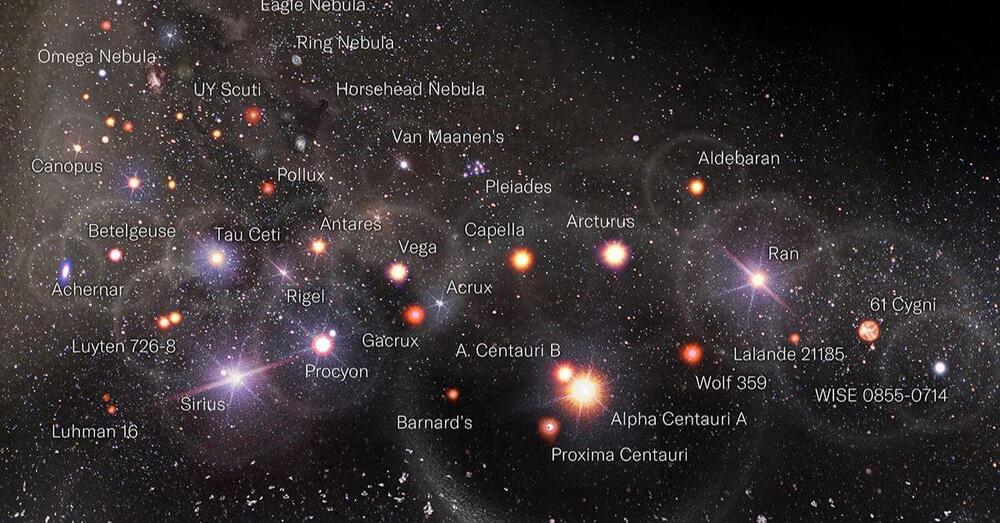

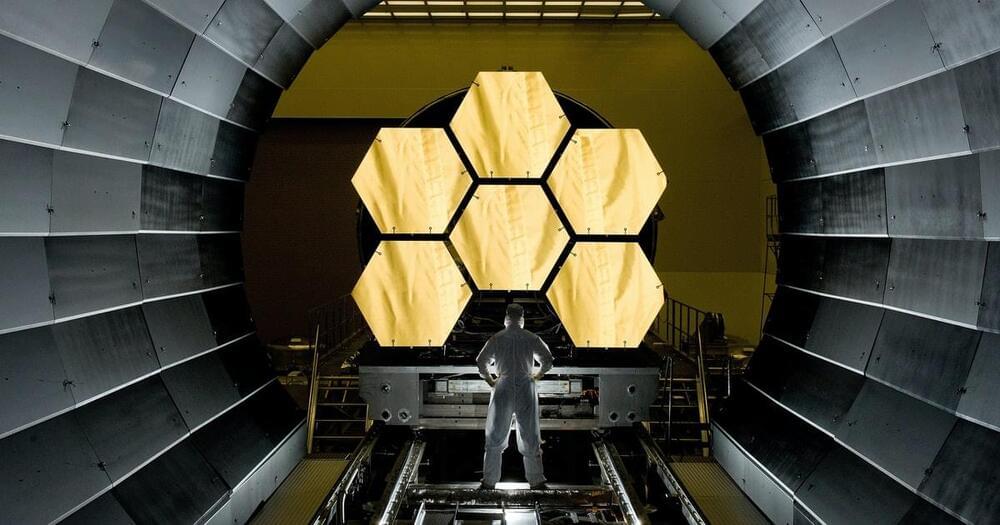
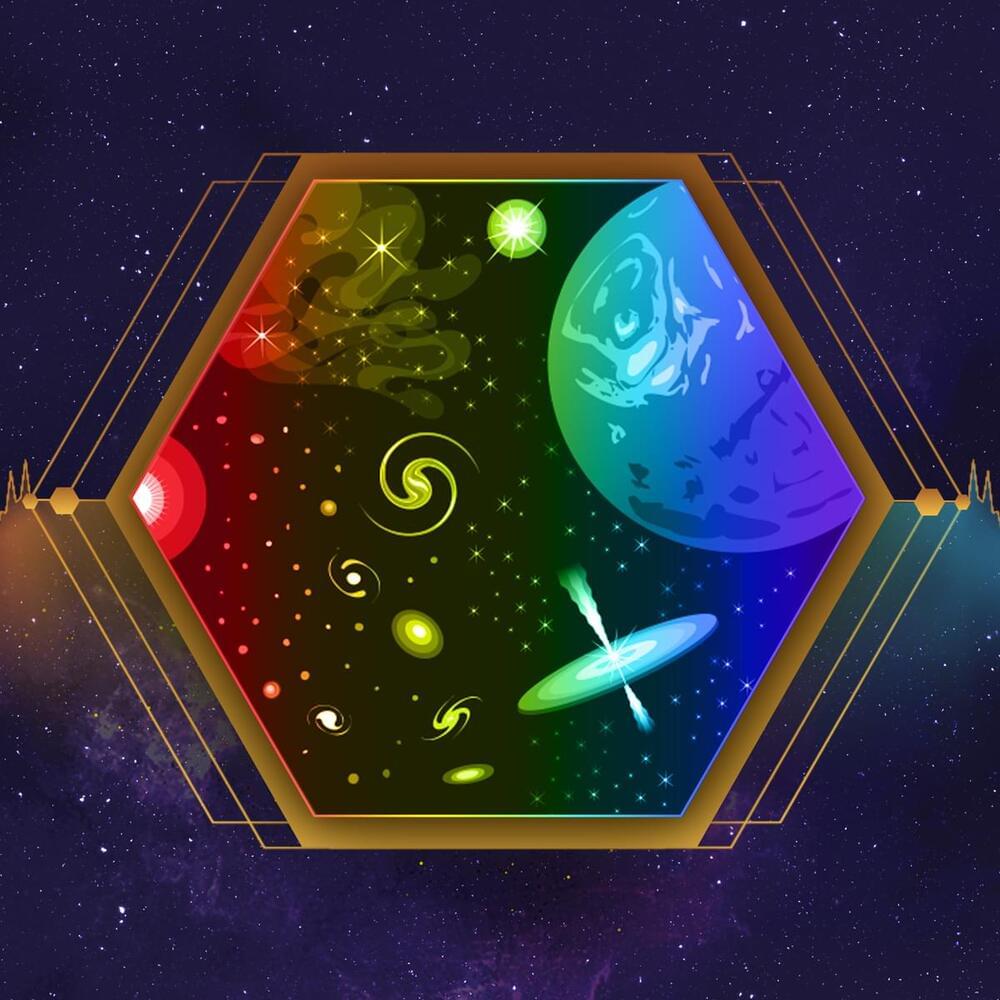
PBS Member Stations rely on viewers like you. To support your local station, go to: http://to.pbs.org/DonateSPACE
Get your t-shirt at the Space Time Merch Store:
https://www.pbsspacetime.com/shop.
Neils Bohr said, “It is wrong to think that the task of physics is to find out how Nature is. Physics concerns what we can say about Nature.” Well it turns out that if we pay attention to this subtle difference, some of the most mysterious aspects of nature make a lot more sense.
Sign Up on Patreon to get access to the Space Time Discord!
https://www.patreon.com/pbsspacetime.
Sign up for the mailing list to get episode notifications and hear special announcements!
https://mailchi.mp/1a6eb8f2717d/spacetime.
Search the Entire Space Time Library Here: https://search.pbsspacetime.com/
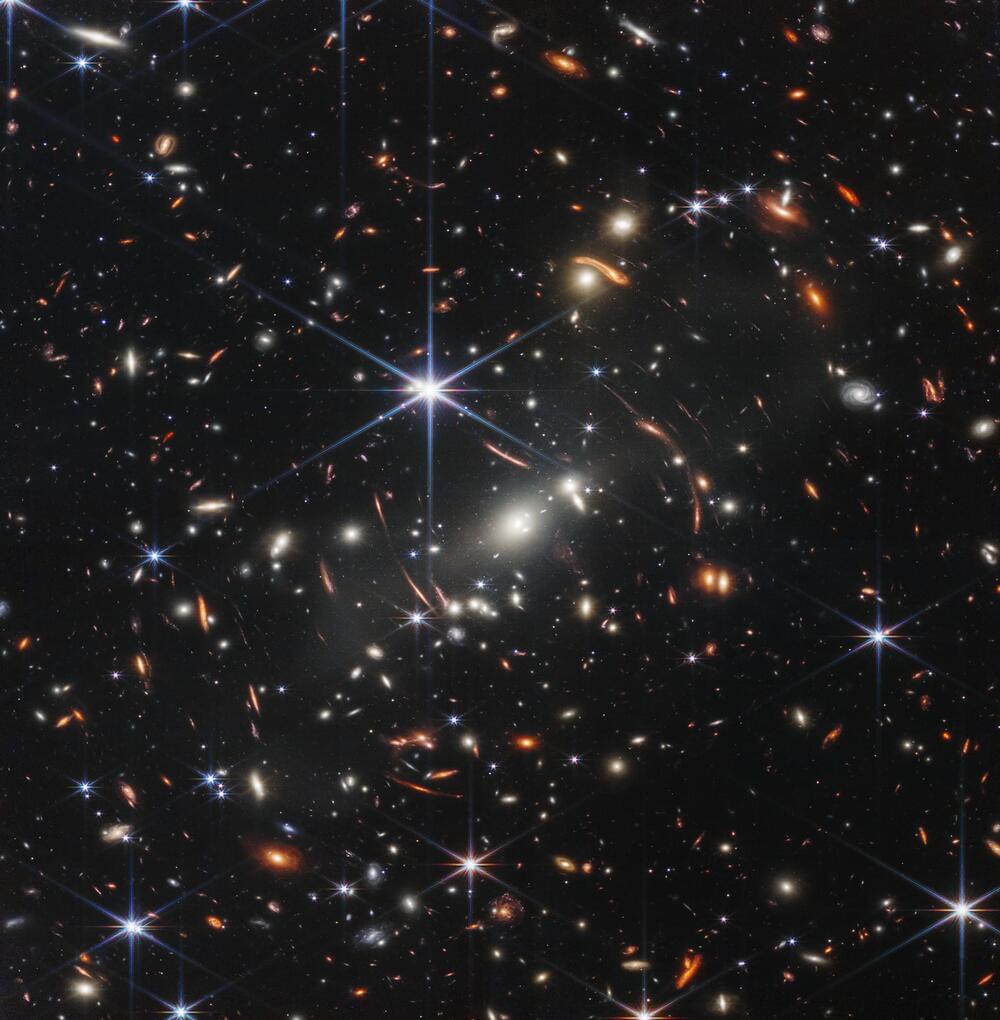
Visit our sponsor, Brilliant: https://brilliant.org/IsaacArthur/
H.P. Lovecraft is known as the father of the Cosmic Horror genre of fiction. The creator of Cthulhu and many other terrifying dark gods in his novels paints a bleak and decaying view of our world and the Universe. Today we’ll examine what it might imply if that nihilistic and grim view of reality was correct.
Visit our Website: http://www.isaacarthur.net.
Support us on Patreon: https://www.patreon.com/IsaacArthur.
SFIA Merchandise available: https://www.signil.com/sfia/
Social Media:
Facebook Group: https://www.facebook.com/groups/1583992725237264/
Reddit: https://www.reddit.com/r/IsaacArthur/
Twitter: https://twitter.com/Isaac_A_Arthur on Twitter and RT our future content.
SFIA Discord Server: https://discord.gg/53GAShE
Listen or Download the audio of this episode from Soundcloud: Episode’s Audio-only version: https://soundcloud.com/isaac-arthur-148927746/gods-and-monsters.
Episode’s Narration-only version: https://soundcloud.com/isaac-arthur-148927746/gods-and-monsters-narration-only.
Credits:
Gods & Monsters: Space as Lovecraft Envisioned it.
Episode 214, Season 5 E48
Written by.
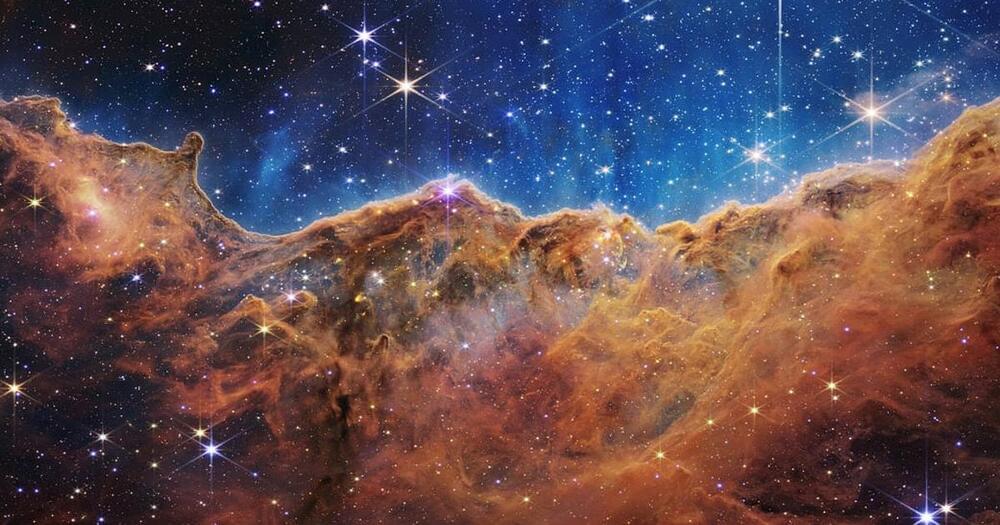



The architecture and evolution of planetary systems are shaped in part by stellar flybys. Within this context, we look at stellar encounters which are too weak to immediately destabilize a planetary system but are nevertheless strong enough to measurably perturb the system’s dynamical state. We estimate the strength of such perturbations on secularly evolving systems using a simple analytic model and confirm those estimates with direct N-body simulations. We then run long-term integrations and show that even small perturbations from stellar flybys can influence the stability of planetary systems over their lifetime. We find that small perturbations to the outer planets’ orbits are transferred between planets, increasing the likelihood that the inner planetary system will destabilize.